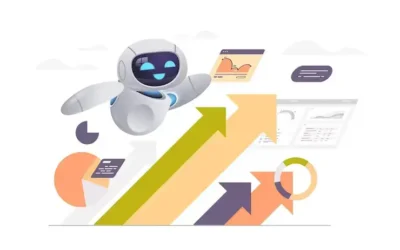The Distinctive Battle: Google Ads vs. Bing Ads

In the digital marketing realm, businesses are constantly striving to gain an edge in the competitive online advertising landscape. Two prominent players in this arena are Google Ads and Bing Ads. While both platforms aim to connect businesses with their target audience, they possess distinctive features and nuances that set them apart. In this blog post, we will delve into the key differences between Google Ads and Bing Ads, helping you make an informed decision about which platform suits your advertising goals.
- Search Engine Market Share: One fundamental distinction between Google Ads and Bing Ads lies in the search engine market share they command. Google undoubtedly dominates this domain, accounting for a significant majority of search queries worldwide. Bing, on the other hand, captures a smaller portion of the market, but it still boasts a substantial user base. Considering this, advertisers must evaluate their target audience and geographic reach to determine the optimal platform for their campaigns.
- Audience Demographics: Understanding the demographics of the audience using each platform is crucial for effective targeting. Google tends to attract a broad user base across various age groups, making it suitable for businesses targeting a wide range of consumers. Conversely, Bing caters more to an older demographic, with a higher proportion of users aged 35 and above. If your business targets a specific age group, this demographic difference can influence your choice between the two platforms.
- Cost and Competition: When it comes to cost per click (CPC) and competition, Google Ads is generally more expensive due to its larger user base and higher demand. The competition for keywords and ad placements on Google tends to be fiercer, driving up costs for advertisers. In contrast, Bing Ads often offers lower CPC rates, making it an attractive option for businesses with a limited budget or seeking more affordable advertising options.
- Ad Network Reach: While Google Ads predominantly focuses on its own search engine and the Google Display Network, Bing Ads offers broader ad network reach. Bing powers search results not only on its own search engine but also on Yahoo, AOL, and other partner sites. This extended network can potentially provide advertisers with access to a diverse audience and expand their reach beyond the confines of Google’s ecosystem.
- Features and Targeting Options: Both Google Ads and Bing Ads offer a range of features and targeting options to optimize ad campaigns. However, Google Ads often leads the way with more innovative features, including advanced audience targeting, responsive search ads, and extensive remarketing capabilities. Bing Ads, although not as feature-rich, still provides essential targeting options, such as location targeting, ad scheduling, and device targeting.


